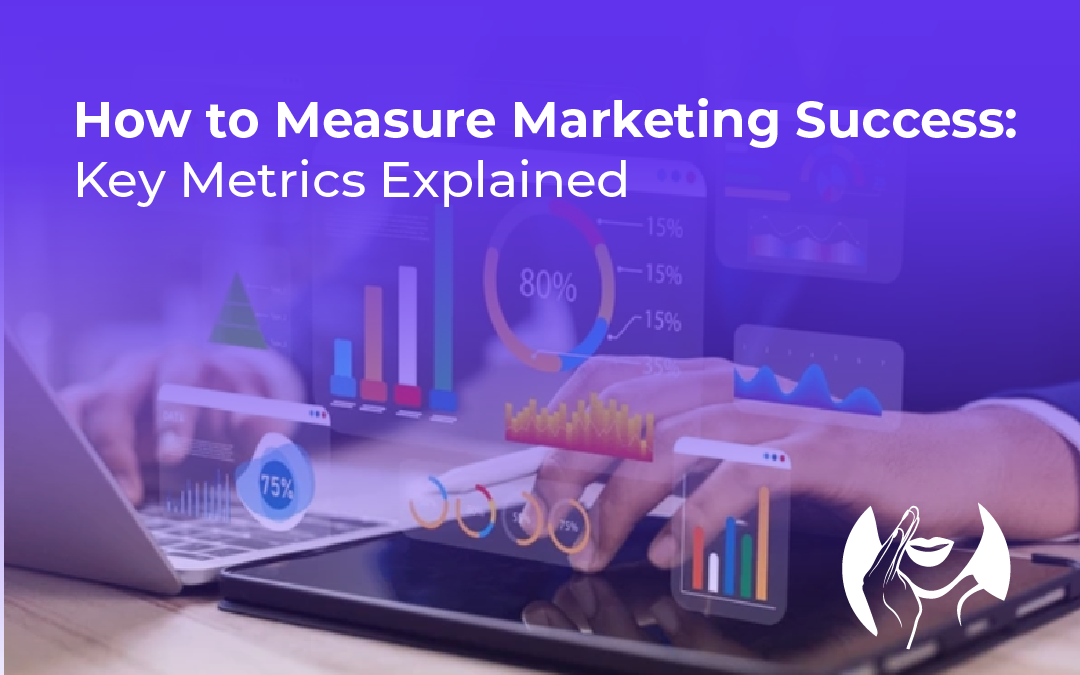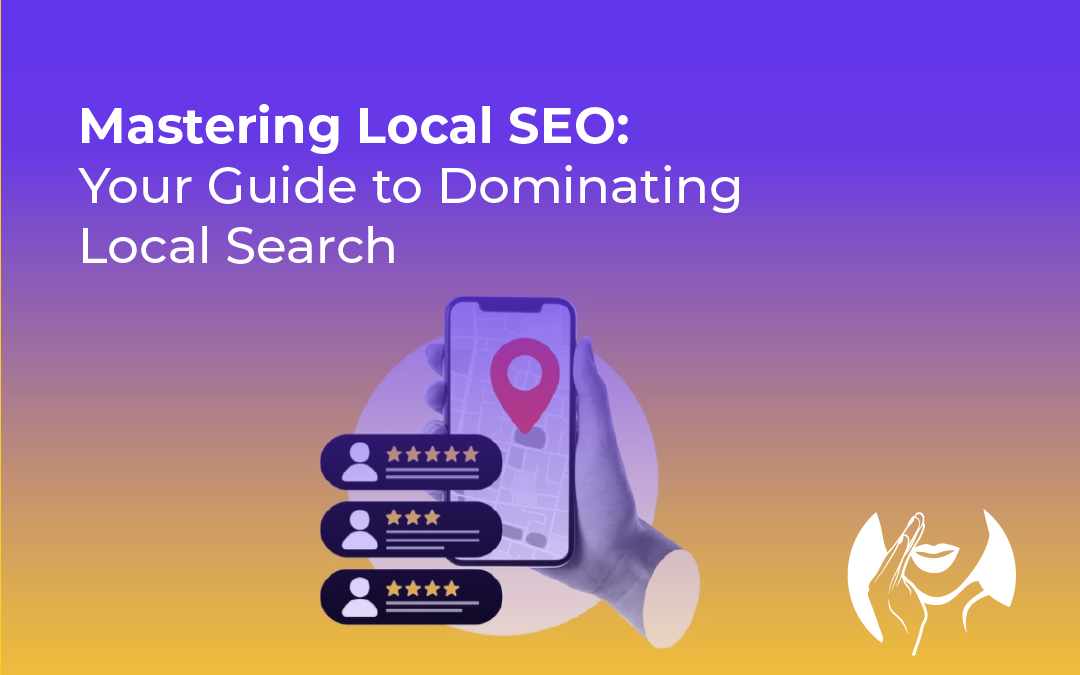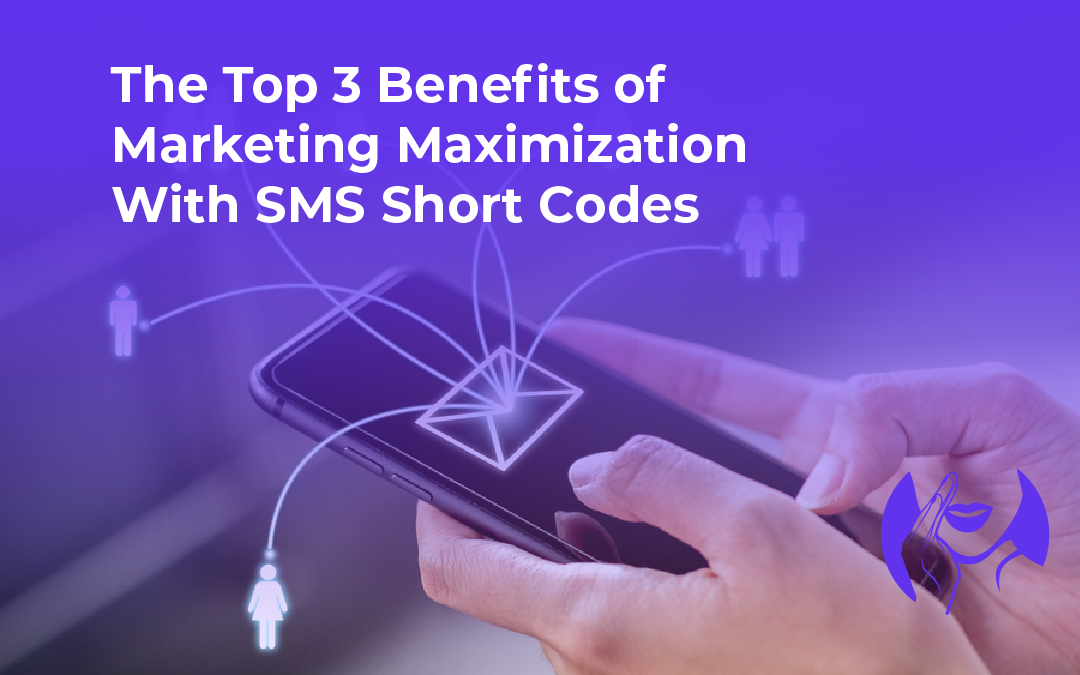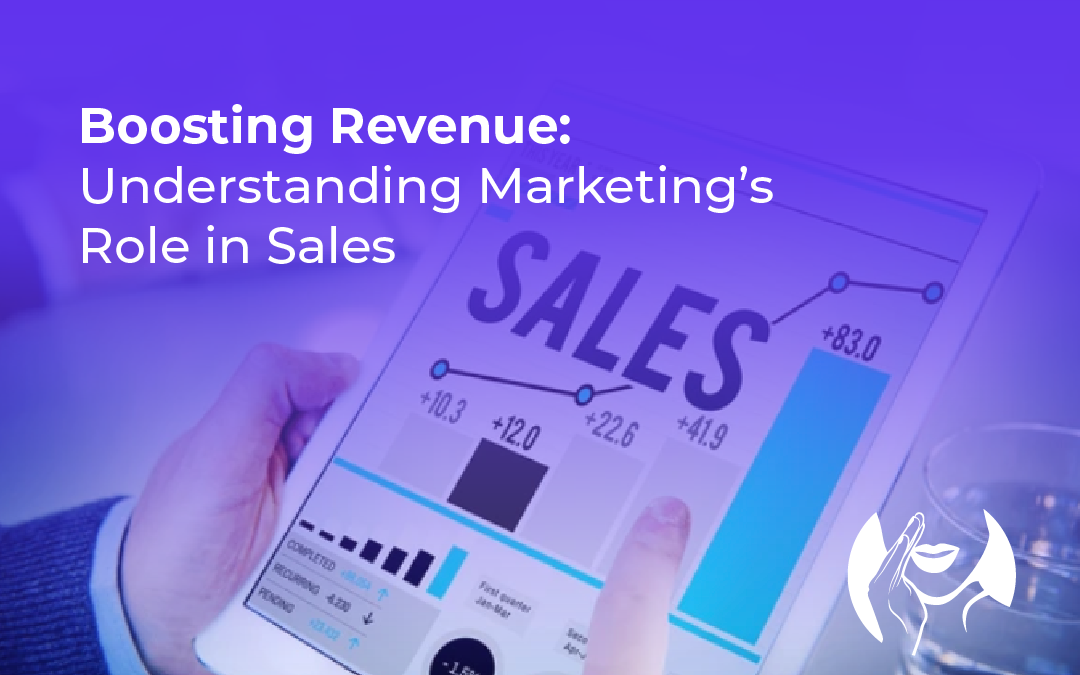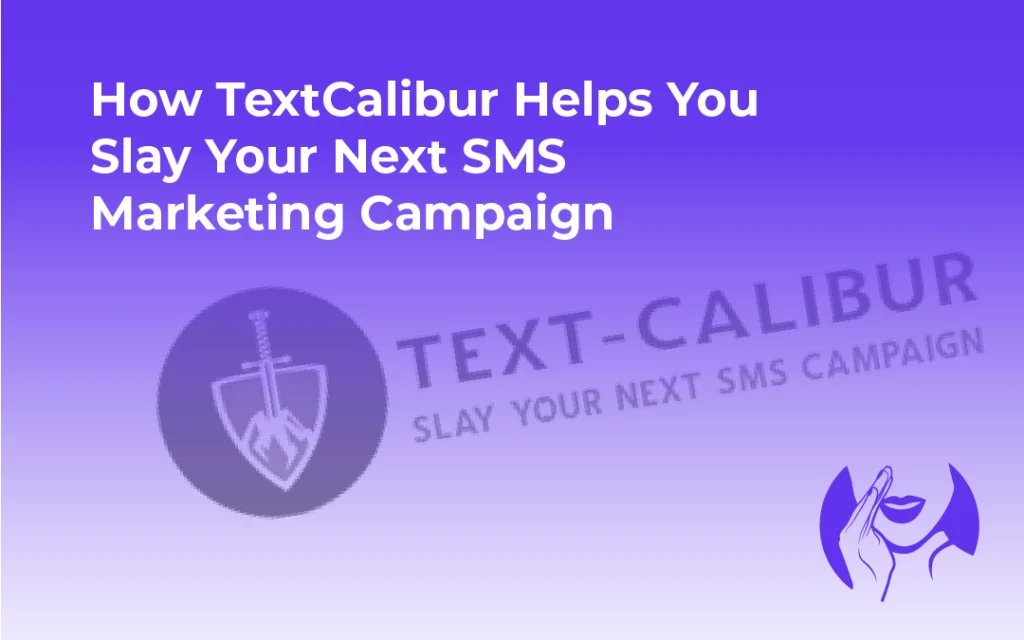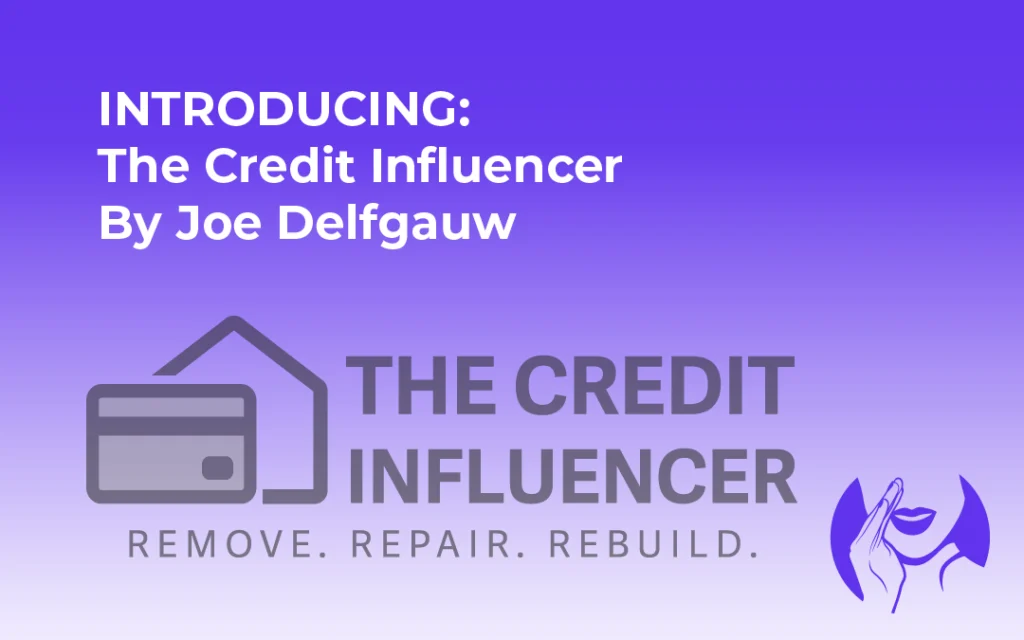In the heat of today’s market, marketers need to know how sales depend on them. With these two business functions working together like clockwork, the path to success becomes clear.
Forget silos – marketing and sales are part of the same DNA. Business as usual is no longer an option; success now depends on sales and marketing speaking the same language – and we’ll show you how it’s done. Gone are the days of a lone “handoff” between marketing and sales. We’re talking seamless integration, full circle collaboration.

We’ve organized our thoughts for you in the following outline.
- Why Marketing and Sales Alignment Matters
- Marketing’s Role in Sales: More Than Just Leads
- Conclusion
Why Marketing and Sales Alignment Matters
The relationship between marketing and sales has often been strained. Think of it as two separate kingdoms coexisting, but not truly collaborating (Harvard Business Review, 2006).
When individual perspectives collide, harmony goes out the window. Marketing focuses on the target audience and big picture, while sales zooms in on individual potential customers.
But things have shifted. Careless resource allocation brought on by misalignment paves the way for an avalanche of unnecessary costs, siphoning life from your project. A Demand Gen report shows sales often feels marketing sends them poor quality leads, while marketing believes sales ignores their efforts.
High-performing sales reps actively seek resources and tools provided by marketing (Xactly). Top organizations (74%, according to the CMO’s Agenda) recognize the importance of strong sales and marketing alignment.
Marketing’s Role in Sales: More Than Just Leads

Marketing fuels sales success in many ways. Providing valuable resources equips sales teams with tools they need to excel and drive revenue (Cognism).
Without the two teams being in sync, company performance suffers. When sales and marketing teams collaborate effectively, the entire sales pipeline benefits, from generating leads to closing deals.
Understanding and Targeting the Modern Buyer
Today’s buyers, especially in B2B, are more informed than ever. Over 70% of B2B buyers already know their needs before contacting sales.
In every stage of the buyer’s journey, marketing effectively brings everyone to the same table by delivering the right words at the right time, frictionlessly advancing the sales pipeline. Defining Ideal Customer Profiles (ICPs) is essential.
With a clearly defined ICP, marketing helps sales teams reach the right potential buyers at the right time with the right message. Content marketing arms sales teams with the insight they need to meaningfully address the pain points that really matter to customers.
Here, the entire sales and marketing machinery is geared toward one goal: making every customer interaction smooth, cohesive, and impactful. When businesses clamp down on customer needs, they spark a selling frenzy, expertly slotting the perfect solutions into the hands of waiting customers.
Content that genuinely connects with people is the ticket to trustworthy relationships, resulting in sales talks that get down to business. Marketing must collaborate with sales to understand what content resonates with potential buyers throughout the sales cycle.
Empowering Sales with Powerful Tools and Training

Sales teams need training and the right tools, just like any other department. Equipping sales with data-driven insights about buyer personas transforms them from product pushers to valued consultants.
Effective sales enablement includes developing marketing strategies and tactics. Examples include creating a multi-channel buyer persona engagement sequence or a buyers’ decision journey infographic.
Every stage of the buyer’s experience is accounted for here, with a close eye on marketing-sourced leads. Figuring out sales needs means putting yourself in your team’s shoes and seeing things from their perspective. Peel back the layers and discover what’s hiding beneath the surface. Map out the sales team’s workflow and selling patterns to find areas of opportunity.
Imagine being able to interact with customers the very moment they’re considering your brand. A well-planned marketing strategy, complete with targeted digital campaigns, makes that possible – resulting in better conversions and loyalty. Using email marketing automation tools like Mailigen helps automate follow-up communications.
Practically speaking, throwing real-life examples like case studies and user reviews into the sales mix can make all the difference. Sellers struggling to make headway, take note: Cognism unearthed the hidden advantage of user-generated content – and it’s about to revolutionize your bottom line.
Creating Compelling Sales Enablement Content
Content marketing helps sales enablement. Examples include easy-to-digest white papers, webinars, and product comparison charts.
Efficient content allows sales reps to customize content for individual prospects (Qwilr).
Why not think outside the box and try marrying different content formats, like infographics or animations, to break up the

monotony of plain text? Podcasts can establish subject-matter authority. Marketing is all about revving up interest and lending a helping hand to sales teams. leads pouring in from digital marketing efforts supercharge sales and marketing targets.
When companies develop a robust marketing approach, they inadvertently empower their sales reps with a whole range of skills. If buyers aren’t offered relevant information, it impacts their engagement (Forrester). Consistently, sales that start with solid marketing materials end with happy customers, which means Building trust, one satisfied customer at a time, is the name of the game.
Ongoing Communication and Refinement
Effective communication is essential for marketing and sales collaboration. With regular check-ins, you get a boots-on-the-ground perspective, enabling sales teams to course-correct and seize opportunities.
Identify the common pain points and passions of your target audience during these open and honest discussions. This fosters a dynamic workflow (Cognism). It’s like putting two well-oiled machines together – sales and marketing march in lockstep, amplifying their combined strength.
Campaigns stay on track when they’re fueled by feedback from sales and customer interactions, where real market needs are laid bare. This translates to better leads that actually convert. This treasure trove of data has it all: average spend per customer, the metrics that matter for lead nurturing, and a blow-by-blow of how customers move through the sales funnel.
Pipedrive agrees that regular two-way feedback is essential. This allows for continuous refinement (Owen Richards) and long-term sales enablement success. He co-hosts a lively podcast with the Marketing Smarts team. Dispenses wisdom that you can really use, whether you’re a pro or just starting out. Staying in touch with customers becomes a whole lot easier when sales and marketing teams are regularly swapping notes. With this data, we’re empowered to craft a sales strategy that drives meaningful results and fosters relationships with our top prospects. Marketing goals and company revenue targets become a tangible reality thanks to these processes.
Conclusion
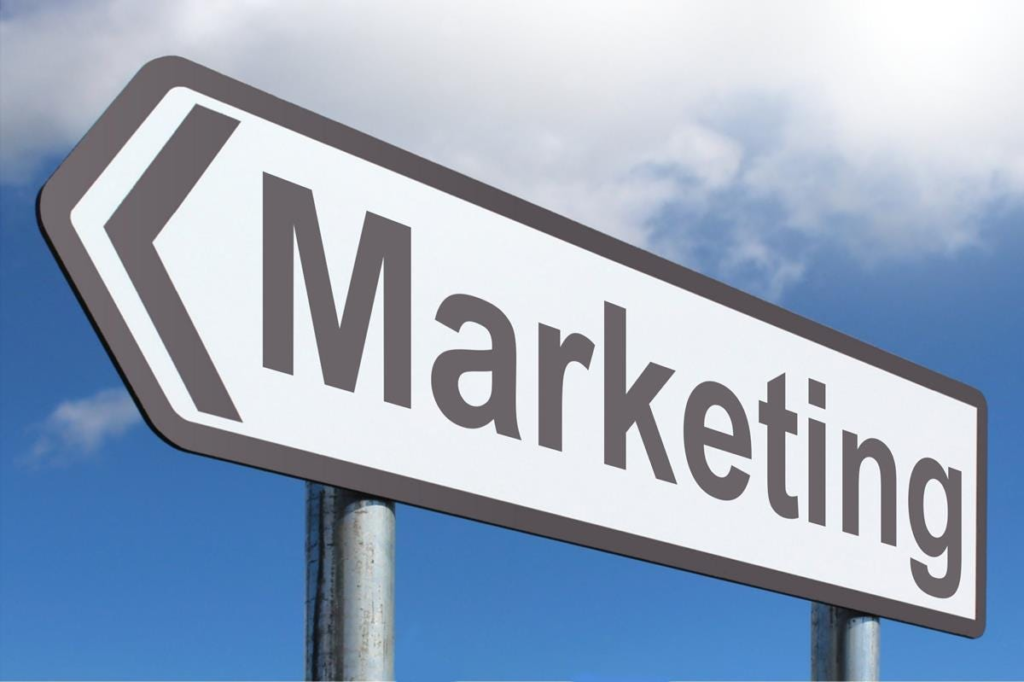
Marketing’s role in sales has evolved beyond lead generation to focus on true sales enablement.
While sales and marketing may speak different languages and operate within different spheres, marketing should support sales at every interaction.
With these elements working together, the cash starts rolling in. This contributes to business sustainability. Harmonizing sales and marketing strategies leads to a blockbuster result: spiraling revenue growth and a healthier bottom line.





